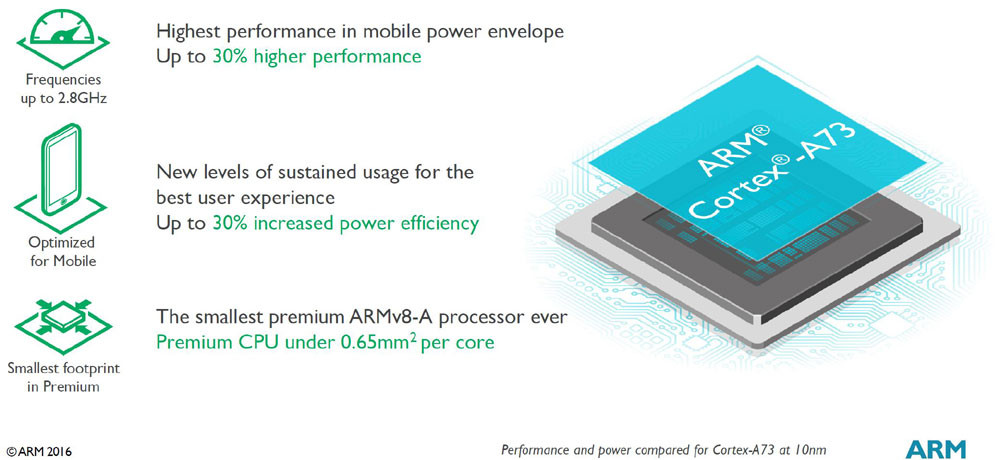With the admittedly huge caveat that the LG G5 hasn’t even been announced yet, one of the surest leaks has been about the rear camera set-up, in at least that it will feature twin lenses. Which should get tech heads scratching – how will having two lenses help image quality? While nothing’s certain until the launch event, I thought I’d attempt a diagrammatic explanation. We’re certainly in an era where clever software and some lateral thinking can mimic what used to take bulky optics.
At its heart the G5 will – probably – feature a 16MP module with traditional wide-angle optics and a 8MP module with narrow field optics. The idea is to allow better, clearer zooming, since traditional ‘digital zoom’ provides unimpressive results in most cases.
Let’s move to the diagram and then I’ll explain how it all works (allegedly):

The idea – and it’s one that is only now possible because of the image processing power of today’s chipsets (the Snapdragon 820 in the G5’s case) – is that one lens provides the wider scene and the other provides what is effectively a zoomed in view. Both lenses have moving/focussing optics, of course, but the really clever bit is how the software in the phone integrates the output from both modules in real time, presenting a single crystal clear image in the viewfinder/screen to the user.
Given that we’re talking about tracking focus in parallel, and algorithmically allowing for the centimetre or so’s physical displacement between the two lenses (i.e. they each have slightly different viewpoints), we’re already needing some serious real time calculations. Then, when the user decides to start zooming in, a growing part of the centre part of the image is then using the output from the narrow field 8MP sensor. As the zoom continues up to 3x, eventually the whole of the viewfinder will show the output from the lower resolution ‘zoom’ module.
If it were just handling a wide angle view OR a zoomed view then it would be a simple binary switch between the two. The insanely tricky bit is merging the two when zoomed in by, say, 2x, so that there are no ugly parallax or ghosting issues. So we’re talking clever software and millions of calculations per second. Ouch.
In addition to handling zoom duties, it’s also possible that information from the narrow field sensor might be used to increase clarity and reduce noise in the centre of the main module’s images, but this is a guess – this may be a step too far!
The advantages of using this twin camera set-up is, of course, that it’s mechanically simpler and smaller than bulky zoom mechanisms, such as we saw on the Galaxy K Zoom and Zenfone Zoom recently. And, with today’s processors, it really is possible. Here’s one of the many leaked images of the (in this case disguised) back of the LG G5 showing the physical layout:
We’ll know more at MWC of course, when LG does the big G5 reveal. It’s also worth noting that a few other manufacturers, notably Apple, are rumoured to be working on twin camera designs, though there’s also the idea of using one sensor for brightness information and one for colour, combining the two to give clearer and ‘purer’ photos – and it may be this concept that Apple is gravitating to. Though I find the ‘zoom’ combination system more exciting.








